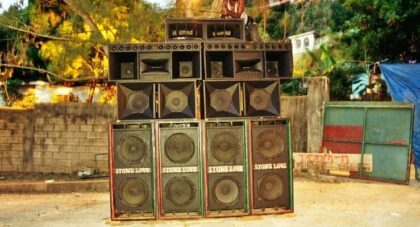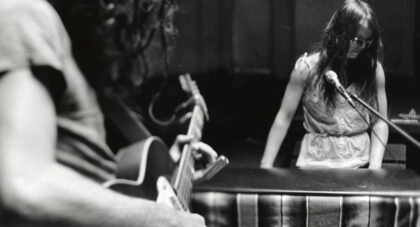In Frank Zappa lore, 1972 is often shortchanged. The year before he toured with Flo and Eddie, witnessed a venue in Montreux burn to the ground during a gig, and closed out the year by being pushed off a London stage. In 1973 he enlisted George Duke, Napoleon Murphy Brock and Ruth Underwood to record his highest-grossing album, toured the world and shot a concert film at LA’s Roxy nightclub.
But what of 1972 itself? It was a typically busy for Zappa: he released two records and worked on a few more, toured across Europe and North America with two different bands and recorded three live albums. But for decades most of this work remained commercially unknown. Aside from a handful of bootlegs there was scarce documentation of these live shows, just chatter about how they were unlike anything he’d done before — or would do after. Horn-drenched arrangements, long blues-based jams...songs he’d debut on this tour, never to play again.
Though in recent years that has changed. About a decade ago the Zappa Family Trust released Imaginary Diseases, a snapshot of this so-called Petit Wazoo Orchestra. And now, earlier this month, UME and the ZFT issued Little Dots, something of a sequel to Diseases. Like its predecessor, the material on Dots is culled from several dates throughout the tour focusing on loose, bluesy jams which is something this group did a lot and did well. With a horn section including Bruce Fowler and Malcolm McNab and a rhythm section featuring Jim Gordon and Dave Parlato, the group goes off in all directions. “Rollo,” for example, begins as an orchestrated march morphing into a loose, funky groove.
But the set’s real treat is when the ten-piece band stretches out on Zappa’s open-ended compositions. The first half of “Little Dots” opens with an orchestrated section before everything drops away for an extended bass and drum jam, with Zappa moving in for a lengthy guitar solo. While his playing on this may not be at the same level as it would get later in the decade, it’s more adventurous than anything he committed to a studio record around this time.
Only the good shit. Aquarium Drunkard is powered by its patrons. Keep the servers humming and help us continue doing it by pledging your support.
To continue reading, become a member or log in.


